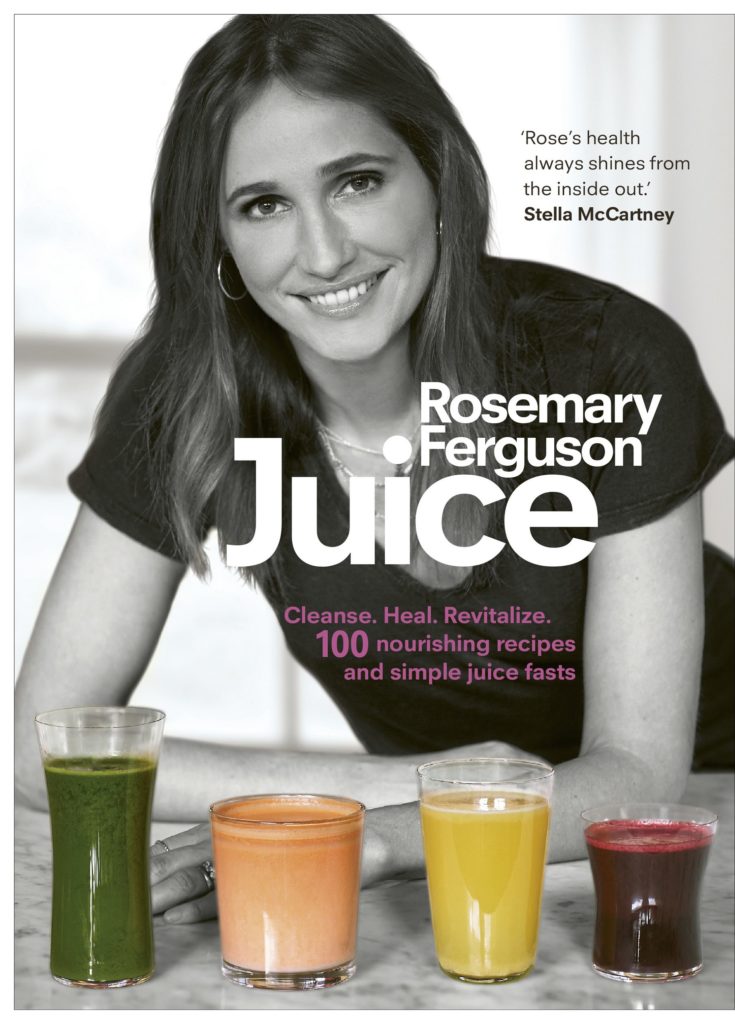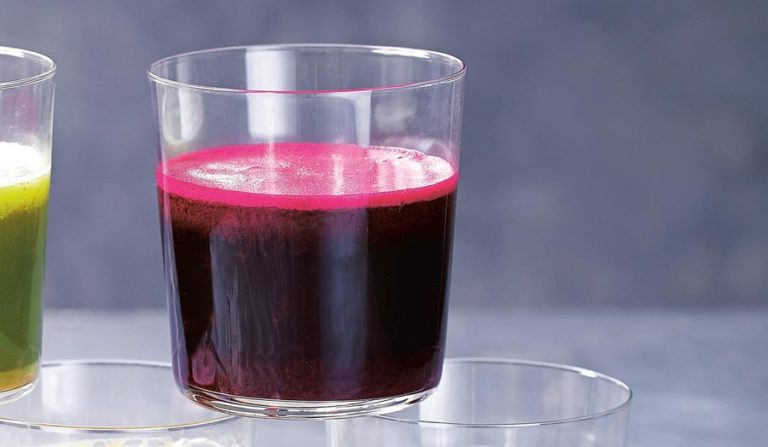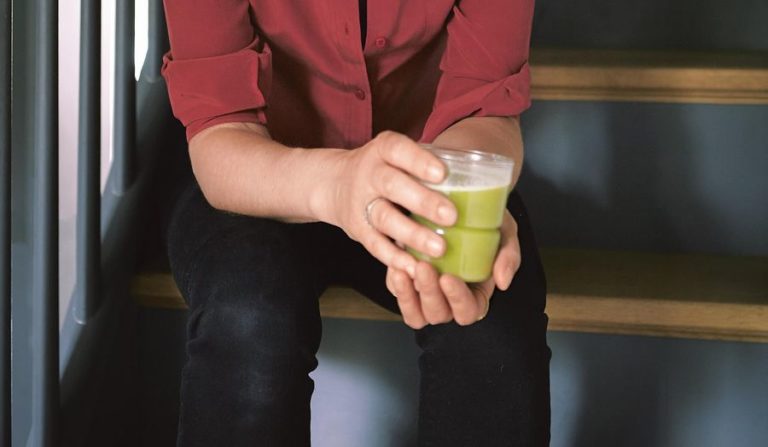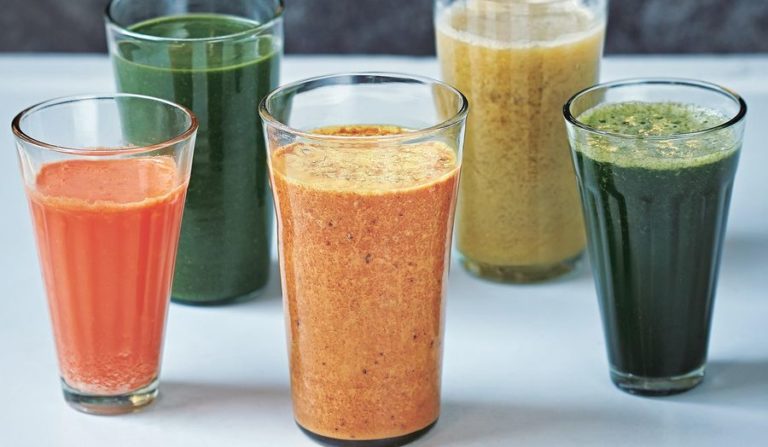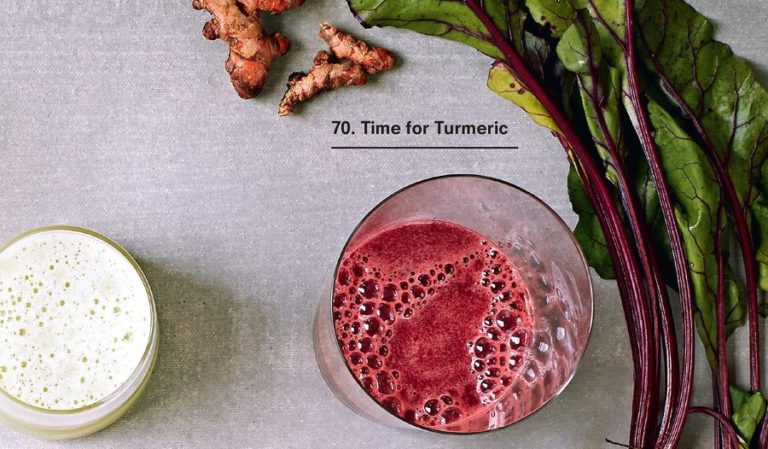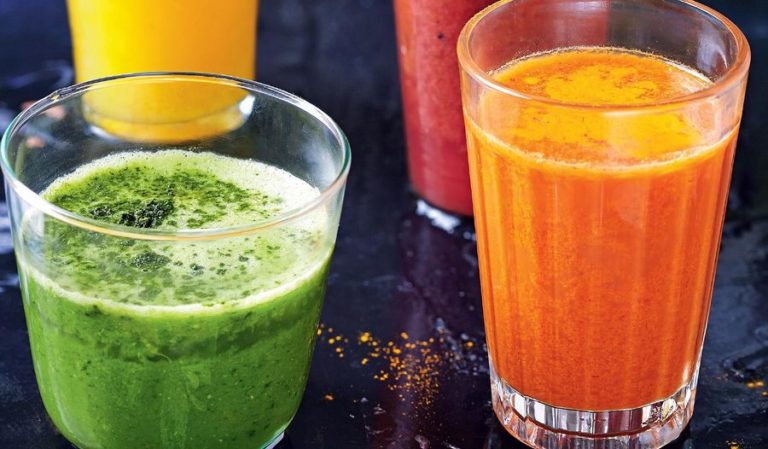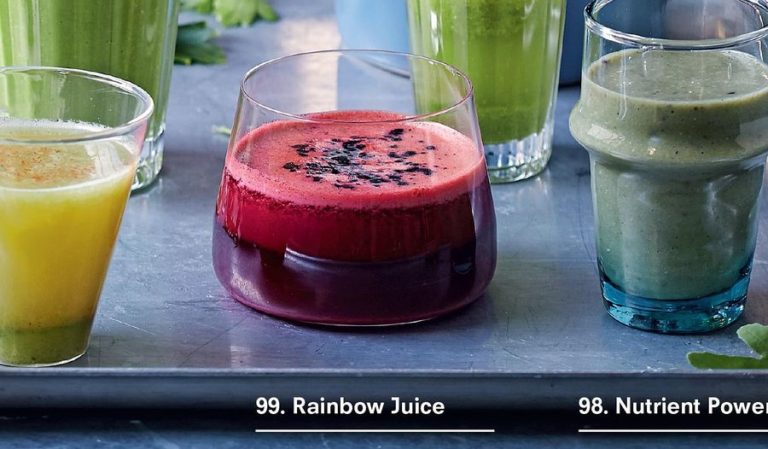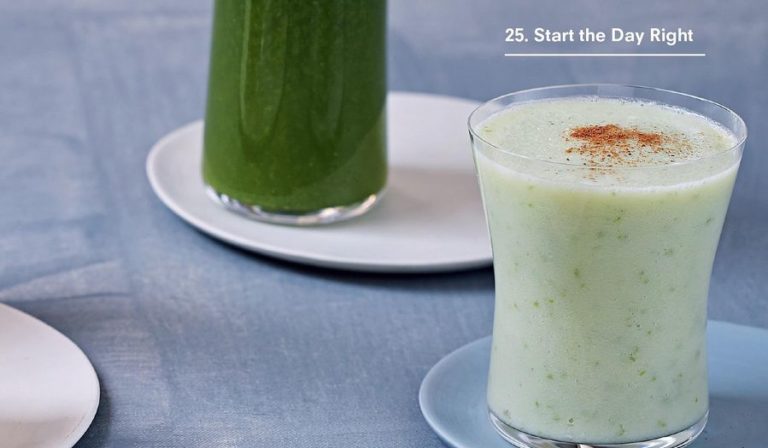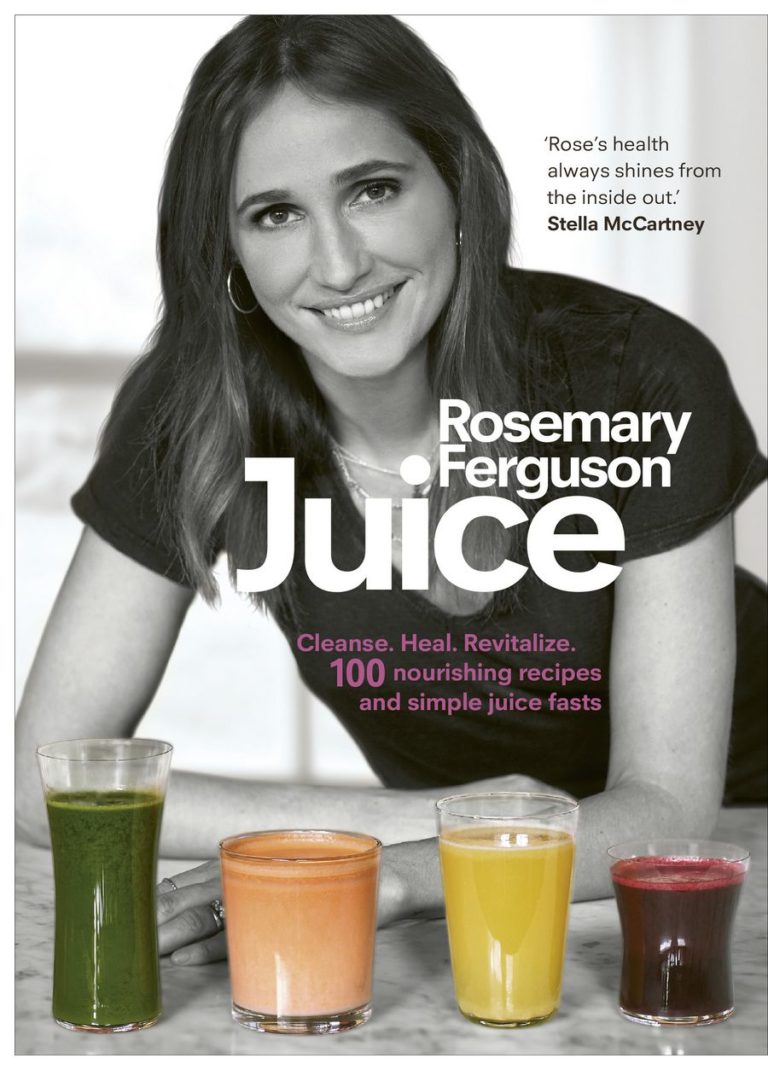Juice
Written by
Rosemary Ferguson
Who’s the author? Nutritionist, author, model and mum Rosemary Ferguson. Rosemary learnt a lot about nutrition first during her years in modelling, then becoming a mum and training as a naturopath and nutritional therapist. She believes that what you put in your body has a massive effect on how you feel physically and mentally.
What’s it about? Rosemary wrote the book to act as a guide to motivate people towards general better health. The gorgeous selection of juice and smoothie recipes, created with specific, common health issues in mind, will help you on your way to feeling fantastic.
Recipes we love: Crystal Clear, Bloat Away!, Rainbow Juice and Radish Aid.
Good book for: Anyone looking to nourish their body, revitalise and cleanse.
You’ll like it if: You’re interested in healthy eating, nutrition and detox. Rosemary’s recipes tackle a range of health issues from healing to de-stressing, energising to balancing, and so much more!
Spring-clean your system and boost your health with Rosemary’s nourishing recipes.
By simply consuming the right natural ingredients you can change the way you look and feel. Naturopathic nutritionist Rosemary Ferguson has created 100 powerful recipes to overhaul your health from the inside out. Whizz up one of Rosemary’s juices or smoothies for an instant boost or follow her simple detox plans for 1, 2 or 3 days to tackle your health head on. Learn about the power of plants so you can create personalised combinations to suit your tastebuds and revitalise your body.
Features
Rosemary Ferguson’s Top Tips for Foolproof Juicing
With her gorgeous book, Juice, out now, we asked Rosemary Ferguson to give us her top tips to set us on the path to foolproof juicing.
Features
#Shelfie: An Exclusive Tour of Rosemary Ferguson’s Cookbook Collection
To celebrate the release of her gorgeous new cookbook, Juice, we asked Rosemary Ferguson to take us on a tour of her personal cookbook collection. The first cookbook she ever bought, which cookbook has changed the way she cooks and the stack of books beside her bed. Find those out and more below…
